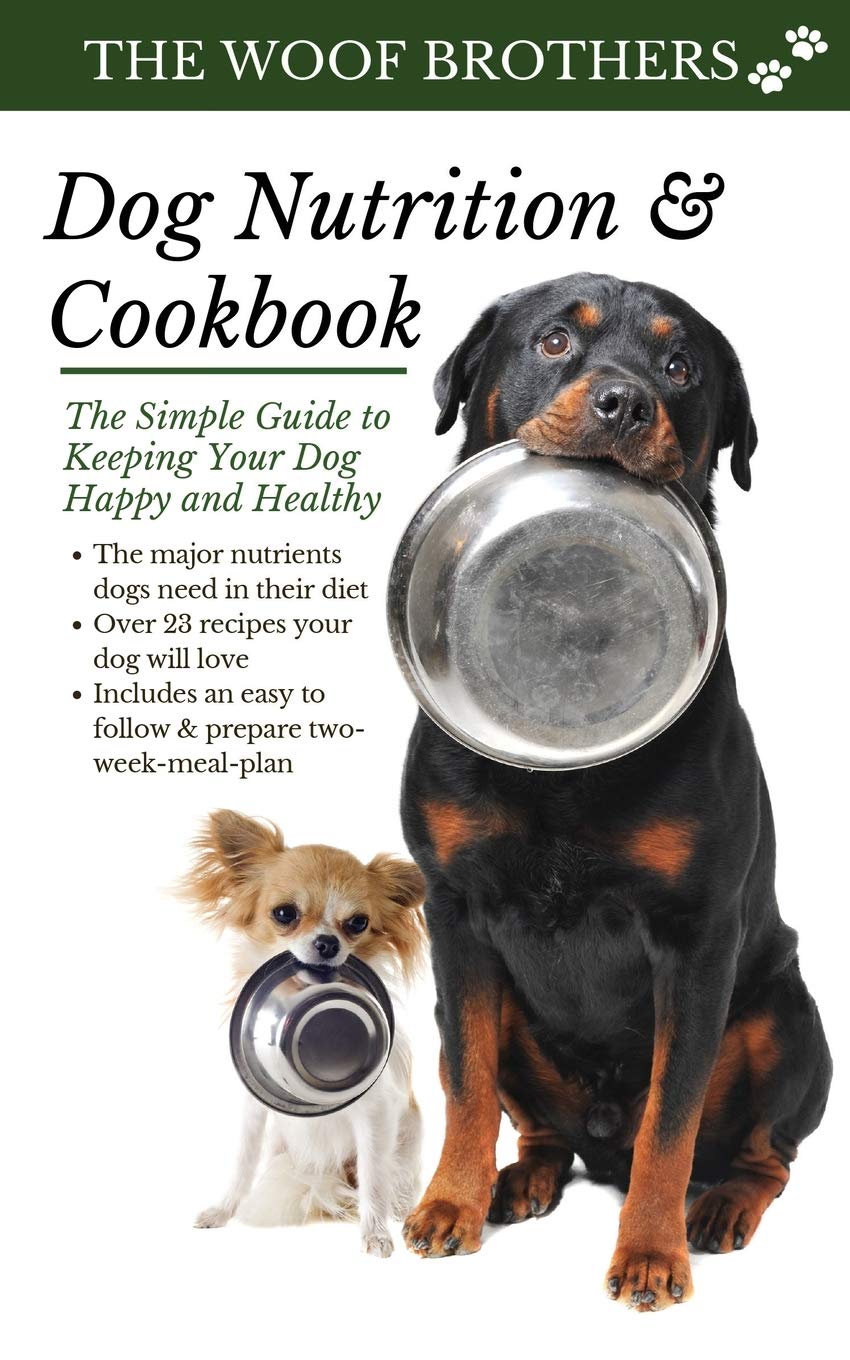
One of the most effective ways to promote healthy eating is to create company-wide initiatives. It is important that the company sets the tone, but it is equally important for employees to have access to fresh fruits, vegetables, and to limit sugary or processed foods. Workers should also be provided with healthy snacks and access to fresh water. Additionally, sugary beverages can be just as unhealthy as processed foods and beverages. Platforms for nutrition education and advice can be created by companies to encourage healthy eating habits. These platforms are customizable and can offer personalized nutrition advice. Many companies offer group challenges to allow employees to compete against one another for a common goal.
Companies can host cooking classes or dietary counseling classes to promote healthy eating. An alternative is for employees to organize a bring-a plate lunch with their coworkers. They can also send intranet tips and emails weekly, which include nutrition information and recipes. It is possible to host company events, which can reinforce the message of eating healthy. The company can provide healthy food at a conference for employees.
In addition to providing nutrition education, schools can also promote healthy eating among students through a variety of methods. In a public school, the school can share tips on healthy eating during announcements. Cafeterias can be decorated with posters or decorations to promote healthy eating habits during lunch. An alternative way to promote healthy eating is to create a student group. A student-led group could create art that is informative and attractive. The school could also ask local artists to design a poster.

Companies can provide support to their employees by providing education and motivation. They can host events to celebrate the company's commitment to healthy eating. Encourage employees to drink eight glasses each day. This will encourage them to choose healthier foods. Having healthy options in vending machines and supplying fresh fruit on a weekly basis, they can help their employees make healthy food choices and live a healthier life. A positive attitude towards fitness and nutrition can be a way to create a healthy environment.
Some interventions aim to promote healthy diets. These include social campaigns, advertisements, and ad campaigns. One campaign can be used, or multiple strategies. A social campaign could include several campaigns. Different approaches may be required to achieve the best possible results. It is possible to develop a health promotion strategy that incorporates the three methods. This approach increases the likelihood of achieving an efficient result.
FAQ
What is a good daily gym routine?
To stay fit, you need to exercise regularly. You don't have to do the same type of exercise every day, it doesn't really matter. Consistency is the key. For you to get results, you have to stick with it for a longer period of time.
Begin by starting to do a little bit of physical activity each day (like walking). Increase the time you spend exercising each day until you can do 30 minutes. You could do this by running, swimming, weight training or yoga.
You should try to ensure that you exercise most days of the week. If you have a valid reason to skip a session, it is best not to.
When exercising outside, make sure you have the right clothing and shoes. It is important to take into account the weather conditions, and how they may affect your ability to exercise safely.
When exercising, ensure you drink lots of water. Drinking alcohol during exercise can cause dehydration. Avoid caffeine-rich drinks like coffee, tea, and coca. They may give you energy, but they will also dehydrate you.
At first, it's normal to feel tired after you finish your exercise routine. However, if you continue with your program, you'll soon feel more energetic and refreshed.
Do I need to exercise every morning?
No! Get at least 30 minutes of moderate-intensity physical activity 5 days a week. That means walking fast enough to be slightly out of breath or biking hard enough to sweat.
Eggs are good for us.
The egg contains all the nutrients required by the human body. It is also good for maintaining strong bones, healthy heart and lungs, as well as stable blood pressure.
Eggs are rich in protein, vitamin A, B12 and D,E,K, as well as vitamins A,B12 and D,E,K, calcium, iron, phosphorus, manganese, copper, magnesium, and riboflavin.
The cholesterol content of egg yolks is high. It does not contain any saturated fat. Eggs are low in saturated fat compared to other foods.
They are also low calories and sodium. They can also be prepared in many different ways. They can be poached or scrambled, baked, hard-boiled, or fried.
They are incredibly nutritious and easy to prepare.
Two whole eggs should be eaten each day. You can add eggs to your diet if you don't like eating eggs.
Essential nutrients are provided by eggs. Consider adding eggs to your daily meal plan today.
Are Cardio exercises good or bad for your health?
Cardiovascular exercise offers many benefits. Cardiovascular exercise improves blood circulation and strengthens your heart muscle. It also increases stamina and helps you lose weight.
Cardiovascular exercise includes running, biking, hiking, swimming, tennis, basketball, soccer, volleyball, football, etc.
It is important that cardio exercises are not performed at high intensities. Doing this could lead to injury.
If you feel fine, only do the cardiovascular exercise.
It is important not to push yourself beyond your limits. You could injure yourself if you do.
Cardiovascular exercise is best done warm-up first. Start slowly increasing your intensity.
Listen to your body. If you feel pain, stop doing cardio exercise immediately.
After a cardiovascular training session, it is recommended that you take some time to relax. This allows your muscles to recuperate.
Cardiovascular exercise is a great way to lose weight.
It is the best method to lose calories and reduce belly weight.
Is it true, that too much protein can cause kidney stones?
Protein helps maintain healthy bone and tissue. Consuming too much protein can result is calcium excretion via urine. This can cause kidney stones.
It is important to keep in mind that not everyone will develop kidney stones if they consume more protein than 2 grams per kilogram (2.2lbs). It is possible to eat high levels of protein without developing kidney stones.
By watching how much sodium you consume, kidney stones can be prevented. The kidneys regulate the amount of sodium they consume. Too much sodium can lead to kidney stones.
If you have kidney stone, you might also consider reducing your protein intake. About half of adults' daily caloric intake is made up of protein. A reduction in protein intake will likely result in weight loss.
If you do decide to eat more protein, don't go overboard. You should aim to consume less than 20% of your total calories from protein.
Statistics
- Are You One of the 20% of Guys (mh.co.za)
- Cardmembers earn 5% Back at Amazon.com with a Prime Credit Card. (amazon.com)
- 10 pounds in a month is likely during a lean bulking phase, especially for beginners. (muscleandstrength.com)
- According to the American Academy of Dermatology (AAD), men over 50 are at a heightened risk of developing it. (healthline.com)
- According to the American Heart Association, blood pressure should be checked at least once every two years, beginning at age 20. (my.clevelandclinic.org)
External Links
How To
How can a man get in shape in 30 days?
It is best to break down difficult goals in small, manageable steps.
It is important to work towards your goal every day. This could be as simple as doing 10 pushups and running for 3km.
This will ensure that you see positive results if you practice it consistently over time.
Be consistent is key. You must persevere until your success is achieved.
What is the main difference between Aerobic Fitness or Anaerobic Fitness
Anaerobic fitness refers to the ability of our bodies to perform intense physical work without oxygen. During periods of high-intensity exercise, we use anaerobic pathways to provide enough energy to complete the task. Anaerobic pathways include glycolysis (creatine phosphate), the phosphagen and lactic acid.
In contrast, aerobic fitness refers to sustaining continuous low-intensity exercise. While performing aerobic exercises, oxygen is used as the primary source of fuel for the cells. The aerobic pathway is more efficient than the anaerobic.
You must build your aerobic capacity before you can run a marathon. If you don't focus on increasing your aerobic capacity, you will not be able finish the race.
Aerobic fitness is also referred to as cardiovascular fitness. The most common methods for assessing cardiovascular fitness include VO2 max testing or step tests.
VO2 Max Testing
The body's maximum oxygen consumption during exercise is called the VO2 Max. This test measures the body's ability to use O2 while exercising.
This test can measure your cardiovascular fitness accurately. However, it requires expensive equipment and highly trained professionals to administer the test.
Step Tests
Step tests are a simple but effective way to measure cardiovascular fitness. These tests require you to walk or run on a track or treadmill for a set amount of time, depending on your weight and age.
These tests are easy, inexpensive, and accessible almost anywhere. You can for instance walk on a treadmill 2 minutes, then stop for 1 minute. Throughout the entire session, your heartbeat should stay within a set range.
This method is known as the "Bruce Protocol". Bruce, a runner, developed this protocol after realizing that his heart rate did not rise when he ran longer distances.